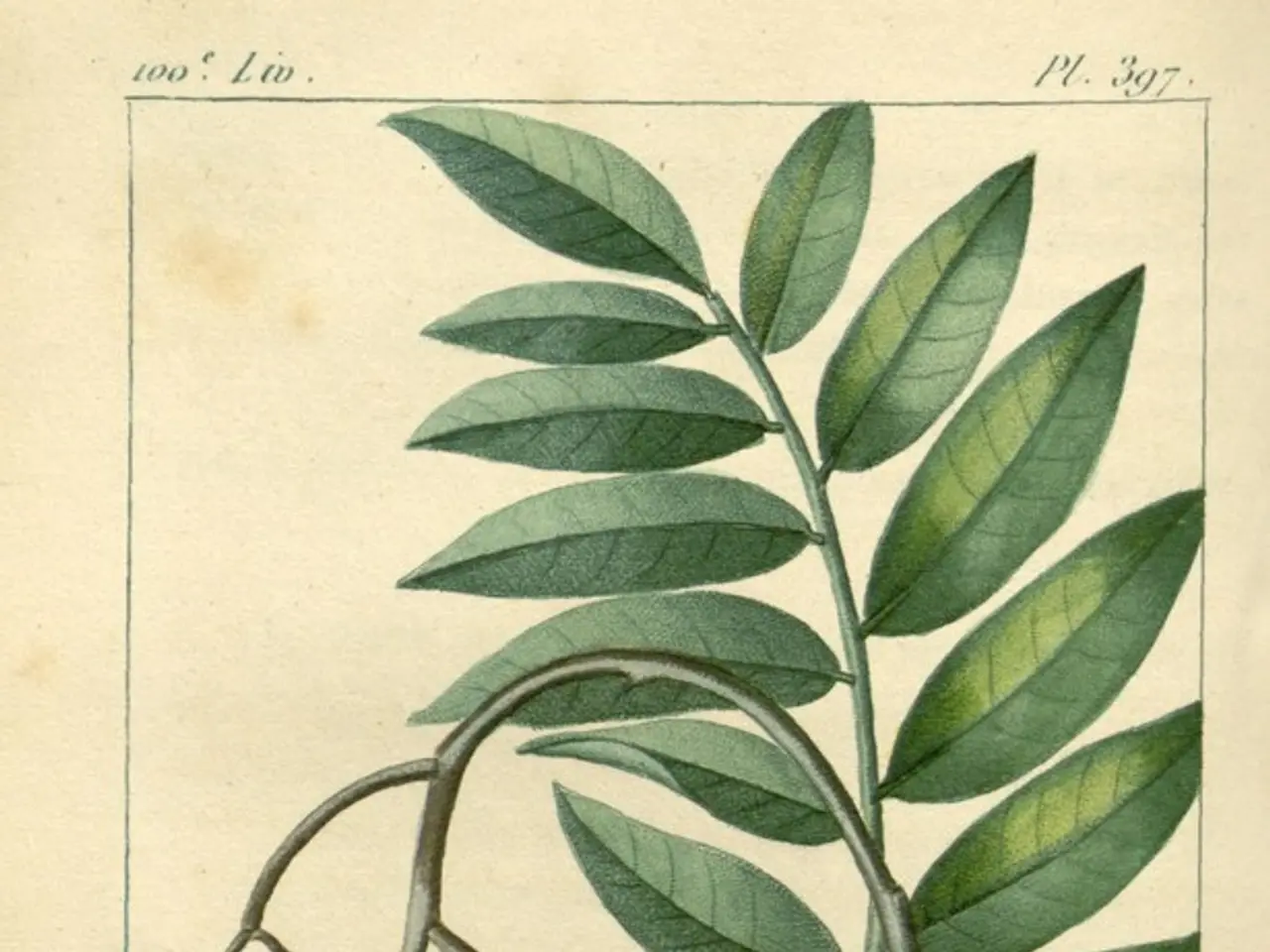Rootstocks: Their Definition and Purposes of Application
In the world of horticulture, fruit tree grafting is a technique that has long been used to ensure the survival and desirable characteristics of fruit trees, particularly in cold-winter regions.
Fruit trees are not "true-to-type" when grown from seed. This means that seeds from a cultivated fruit tree do not produce the same variety of fruit as the parent tree. To overcome this, growers often resort to grafting.
Grafting involves the process of joining a shoot from a desirable cultivar under the bark of a rootstock. The rootstock, a part of a grafted tree that contains the roots, is selected according to the climate of the region and the grower's desires. It's important to consider the diseases prevalent in the area when choosing a rootstock.
The rootstock starts its life as a complete fruit tree but produces poor-quality fruit when left to grow naturally. However, when grafted, it provides the tree with the necessary nutrients and allows the desirable cultivar to grow and bear fruit.
The choice of rootstock can significantly impact the characteristics of the tree. For instance, apple trees grown on dwarf rootstocks can bear fruit within three years of planting, while those grown on semi-dwarf rootstocks don't bear fruit until four or five years after planting, and standard trees can take as long as 10 years. Grafting also accommodates size restrictions; a gardener with a small backyard might select a fruit tree with a semi-dwarf or dwarf rootstock.
Moreover, a resistant rootstock may be available for certain diseases. This is particularly beneficial in areas where specific diseases are prevalent. The most drought-tolerant fruit tree is needed if the region is dry.
The process of grafting rootstock is often left to professionals, but understanding its importance can help gardeners make informed decisions when buying a fruit tree. When buying a fruit tree, the cultivar of the scion and the rootstock variety should be indicated on the label. It's essential to note that a young fruit tree is almost always already grafted when bought.
Teo Spengler, a master gardener and a docent at the San Francisco Botanical Garden, emphasises the significance of fruit tree rootstocks. "They are used primarily to ensure the variety of fruit and the characteristics of the tree," he says.
In conclusion, fruit tree grafting is a valuable technique that allows for the selection of the size, cold hardiness, disease resistance, and the age at which a tree will fruit. By understanding this process, gardeners can make informed decisions when choosing and caring for their fruit trees.
Read also:
- Peptide YY (PYY): Exploring its Role in Appetite Suppression, Intestinal Health, and Cognitive Links
- Toddler Health: Rotavirus Signs, Origins, and Potential Complications
- Digestive issues and heart discomfort: Root causes and associated health conditions
- House Infernos: Deadly Hazards Surpassing the Flames








